
Truth or Myth? People Hate Getting Marketing Emails
Are you afraid of being just another newsletter? Have you noticed that some recipients never open your emails or even unsubscribe? It’s a frustrating feeling that often leads to a common idea: people hate getting marketing emails.
But is that really the whole story, or is it just a convenient excuse? The truth is, this widespread belief only reveals a small part of the picture. It’s time to stop buying into a myth and get real about your email marketing.
Create emails that people love
Debunk the myth with Moosend’s ready-to-use email designs.
Start freeThe Origins of This Email Marketing Myth
Think about the last time you opened your inbox and felt at peace. You probably saw a few interesting messages from brands you love and a tidy inbox, right? It was a moment of calm in a chaotic digital world.
But what about the other times? The times you’re faced with a dozen unread emails, a full spam folder, irrelevant promotions, and sender names you don’t recognize. You likely just sighed in frustration, if not something harsher.
Do you see where this is going? The bad reputation of email marketing isn’t a coincidence. It’s a direct result of factors that are, in most cases, within our control.
Inbox overload
The sheer number of emails in our inboxes makes it hard to keep track of everything. Every new message adds to the noise without adding value, mainly because we lack the time to review them.
The result? We delete or ignore them before they even have a chance to add to the existing pile. It’s not a matter of hatred, but of sustainability.
Email fatigue
Email fatigue, also known as email burnout, results from the constant effort required to handle too many email messages. It can lead to feelings of overwhelm and exhaustion, which no one welcomes with an open heart.
As you can tell, marketing emails contribute to this fatigue, making us feel that our inboxes and our days would be lighter without them.
Data concerns
With so many emails landing in their inboxes, some people start to question whether their data is being handled securely. This is especially true with sender names they don’t recognize or newsletters they don’t remember opting into.
What’s more, some subscribers become suspicious when they receive overly personalized emails. Imagine getting an email with sleep supplements right after searching for products for insomnia. Some people find this helpful, while others find it creepy, and the latter won’t give you a second chance.
These moments fuel the belief that marketing emails are invasive, when in reality, it’s poor data practices that break trust, not the channel itself.
Spammy content
And now for a nightmare we’ve all faced: spam emails. These are marketing emails users didn’t agree to receive, often from third-party lists, or messages sent to a large audience in the hope of catching someone’s attention.
Scam or phishing attempts are also considered spam, as is any other action trying to mislead people into giving away information or money they wouldn’t knowingly approve. If someone considers most of the emails they receive spam, it’s only natural that they’ll stop trusting the channel.
Let Data Talk the Talk
Many marketers assume email is losing its power, but the reality is quite the opposite. To fully regain trust in email marketing (if you ever lost it), you probably need more evidence. The numbers, after all, don’t lie.
Here are some of the latest email marketing stats that can help us clear the air around the myth a little more:
- One in two consumers completed a purchase through an email marketing campaign. (Marigold)
- One in three consumers completed a purchase after clicking on an automated message. (Omnisend)
- 78% stated that they’re more likely to engage with target offers that address their interests. (Marigold)
- Irrelevant email content is one of the top reasons for unsubscribing. (Constant Contact)
Based on these stats, people don’t seem to hate marketing emails. On the contrary, they prefer this channel for shopping and seem to appreciate receiving targeted content from brands they love.
So what do they dislike? A lack of personalized and data-driven email marketing strategies. And some brands are failing to meet their expectations, falling into the trap of sending generic, uninteresting, even spammy content.
Bad Vs. Good Email Experience
So what makes some emails fail while others feel personal and engaging? Here’s a comparison template that clears the air:
| Bad Email Experience | Good Email Experience | |
| Subject line | Clickbait and misleading | Clear, relevant, and value-focused |
| Personalization | None or minimal | Deeply personalized/Segmented |
| Focus/Content | Salesy or self-promotional | Value-driven and relevant |
| Call-to-Action (CTA) | Multiple actions, confusing, and hard-sell | Single, clear, and low-pressure |
| Design/Format | Overly designed, cluttered | Clean, readable (often plain/rich text) |
Ready for some real-life examples? Let’s start with an email campaign from Ulta Beauty that needs improvement:
Subject line: ⚠️Coupon alert!⚠️ $10 off $50 purchase & $20 off $100 purchase! 💸 See details

What doesn’t work:
- The subject line is very lengthy, not mobile-optimized, and looks spammy.
- The content is salesy with complex offer instructions and lacks personalization.
- It consists of multiple calls-to-action which confuses and paralyzes subscribers.
- The design is cluttered and product-heavy, making it hard to focus on the content.
And here’s an effective email example from Sigma Beauty:
Subject line: Don’t Miss Your FREE Mystery Bundle ✨

What works:
- The subject line is clear, reflects the email topic, and adds a personal twist.
- They added a “recommended for you” section based on customer behavioral data.
- It provides value to readers through a free gift and a Buy-One-Get-One initiative.
- The design is clean with white space and engaging visuals that improve readability.
So the bad email focuses entirely on the sender’s need to sell and treats the recipient as one of a million. On the other hand, the good email example focuses on the recipient’s needs and preferences, providing clear, immediate value in a readable, human-centered format, which builds trust and encourages action.
Best Practices for Creating Emails People Love
If you’re afraid of being that brand, there’s a way out: revisiting your email marketing strategy to ensure it’s spot-on.
1. Research your target audience
Creating your Ideal Customer Profiles (ICPs) and buyer personas is a strategic move that can reshape how you interact with your audience and strengthen their connection to your brand.
What’s the primary age group, where do they live, and what are their hobbies? This information will gradually reveal your audience’s interests, habits, preferences, and needs. This insight can then help you craft messages that resonate with them and optimize your email tactics to match their pain points.
So where can you find this information? You can seek it out in sophisticated tools like Google Analytics or Tableau, or scroll through social media to figure out what customers and prospects are discussing.
Moreover, consider launching customer surveys to gather key information from your clients or interviewing some of your top accounts. And of course, dive deeper into your email analytics to identify what works and what doesn’t. Finally, tools like A/B testing and segmentation can help you learn even more about your customers when used appropriately.
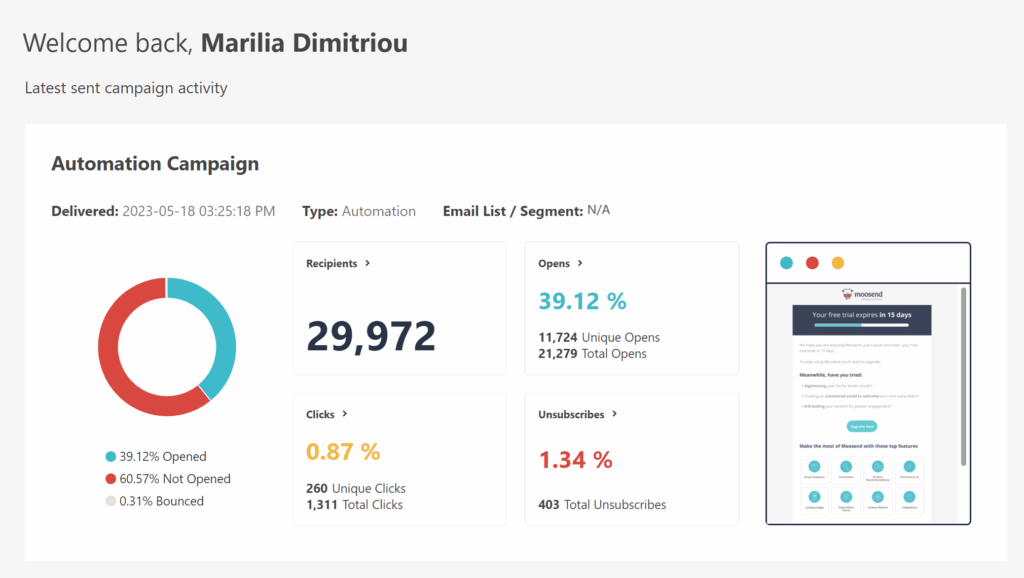
If you think the ICP documentation you created two years ago is still valid, we have some bad news. As AI rapidly enters our lives and the post-pandemic blues begin to fade, consumer habits and behaviors are shifting. You must keep up.
2. Focus on value-first content
Consumers prefer brands that put their needs and wants first. To stand out, prioritize providing helpful information to customers and prospects in every marketing email you create.
Starting with promotional emails, focus on the benefits customers will get from the offer, from savings to product-specific gains. For example, when launching a flash sale for your spa services, go beyond the discount and share the benefits a good massage can bring, such as tension relief.
You don’t want subscribers to feel that you only remember them for sales-related initiatives. To be proactive, add educational emails to your calendar. Share valuable information related to your market, and make them feel that they’re more than just an “add-to-cart” machine to you.
For example, this email from AllTrails highlights the importance of nature and how it supports our mental health. It’s hard to hate emails like these from brands you’ve opted into and already have a good feeling about.
Subject line: 5 ways nature supports your mental health
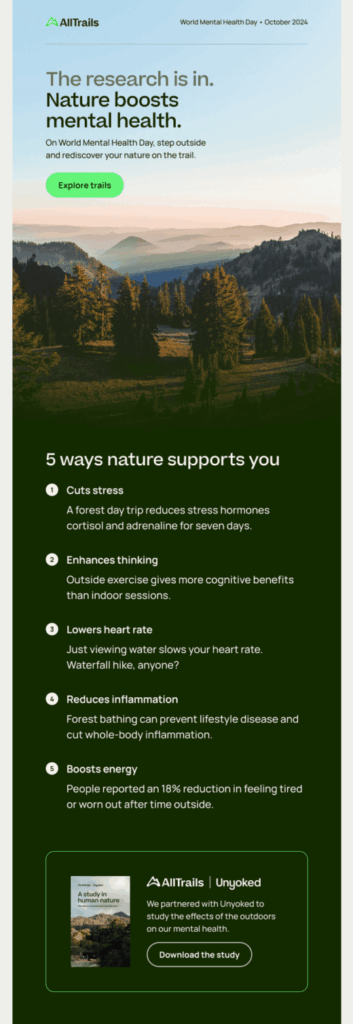
3. Segment your email audience
While sending a single email to all your subscribers can be tempting in terms of time, it’s a move your audience rarely appreciates, especially when it’s promotional. Bulk emails are only truly effective for general content that appeals to everyone. But if you want to win a reader’s heart, you need to make them feel like your message was crafted just for them.
This is where email segmentation comes in, making targeting much easier. You can divide your email list into different subgroups based on shared characteristics such as age, location, or behavior.
For example, if you’re in the SaaS industry, you can have three email lists based on the funnel stage: top, middle, and bottom. You can share thought leadership content with the first group, an e-book with middle-of-the-funnel prospects, and a free demo for people closer to conversion.
To make the most of this strategy, you need to match your email content with your recipients just as a maestro conducts their orchestra. Avoid sending emails that leave them wondering why they’re on your list. Instead, make them feel like they just opened a message they were secretly waiting for.
4. Set up behavior-based triggers
Another way to deliver timely, intriguing messages to your target audience is by setting up automated email sequences triggered by behavioral data. Ping your audience while their interest is piqued, and you won’t give them space to hate you.
Welcome emails and abandoned cart campaigns are popular in this category. For SaaS, onboarding and educational emails are also key to setting your customers up for success and keeping them in good company.
You can also create a re-engagement email series to nurture those who have begun to disengage from your brand. Since they might have lost interest in your emails, ensure that the content you share with them won’t add any pressure. You can send a survey to collect feedback, a link to your preference center, or an incentive to make them love you again.
To make all this a reality, you need a user-friendly email automation software to build your workflows using “if/then” logic. To save time, browse platforms that offer pre-made templates and a beginner-friendly editor.
5. Capitalize on email data
If you treat your email campaigns like a gambling game, you’ll count more losses than wins. An email marketing strategy should be backed by data to truly shine. For every campaign you send, keep track of important metrics such as:
- Open rates
- Click-through rates
- Unsubscribe rates
- Spam complaints
- Conversion rates
- Bounce rates
Seeing a few unsubscribes per campaign isn’t inherently bad, but a high number of them could signal that your content doesn’t resonate with your audience. Consider revisiting your content strategy or sharing your preference center to collect up-to-date information.
On the other hand, spam complaints should be taken seriously at almost any rate. Spam flagging means you gave someone the “ick” or, worse, made them question your intentions. So, make sure to remove spammy content from all your communications.
Beyond your marketing platform, you can use a sophisticated tool like Google Analytics to reach more reliable conclusions about your campaigns. Plus, A/B testing can help you refine your email campaigns before delivery if you’re unsure about certain elements.
6. Mind your email frequency
Another factor influencing subscribers’ reactions to marketing emails is the frequency of communications they receive from a particular brand. If they already have second thoughts about a specific sender, they’re more likely to hate those emails.
To avoid turning your brand into someone’s inbox “red flag,” create a consistent schedule. Don’t reach out every other day, especially if you can’t support the choice to message someone with relevant data. Keep track of the emails you send on a calendar and leave some breathing room between them.
Additionally, if you’ve scheduled a promotional series, let’s say for Black Friday, avoid pushing other initiatives during those days. The only exception, of course, is a transactional email.
Did we mention preference centers already? Well, they can track frequency preferences, too.
Reinforce your Email’s Message Through Value
The next time you sit down to build a marketing email, get this myth out of your mind, especially if you come with good intent.
As long as you mind your customers’ needs and cover them with clever, empathetic copywriting, you have nothing to fear. And if someone unsubscribes after all this effort and diligence, it probably means that your message wasn’t meant for them.
FAQs
Let’s explore some frequently asked questions that relate to this email marketing myth:
1. How can empathy improve email marketing?
Campaigns with empathetic email content drive emotive reactions and higher engagement, and are more likely to stick to readers’ heads.
2. What makes an email feel spammy?
Some of the factors that make an email spammy include poor sender reputation, invalid email addresses, spam trigger words, and deceptive subject lines.
3. How often should you email your list?
The number varies per industry, but in most cases, the optimal email frequency is between one and three emails weekly. Consistency is important to set expectations for readers.
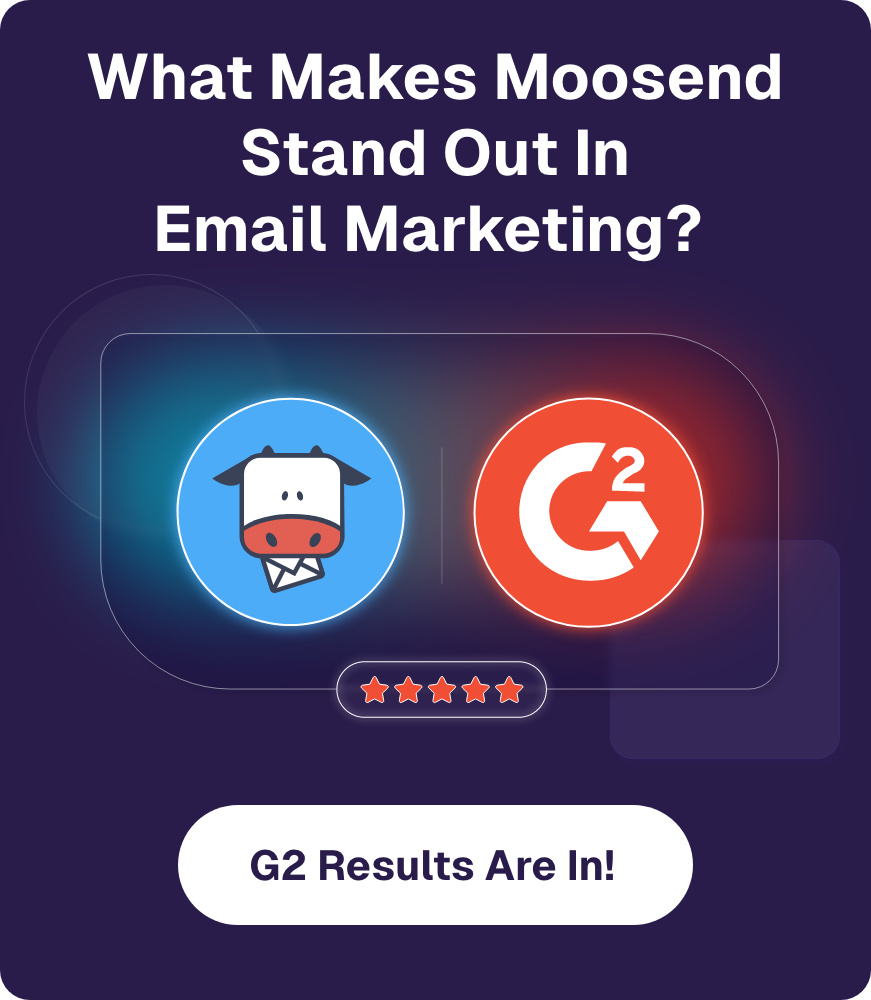

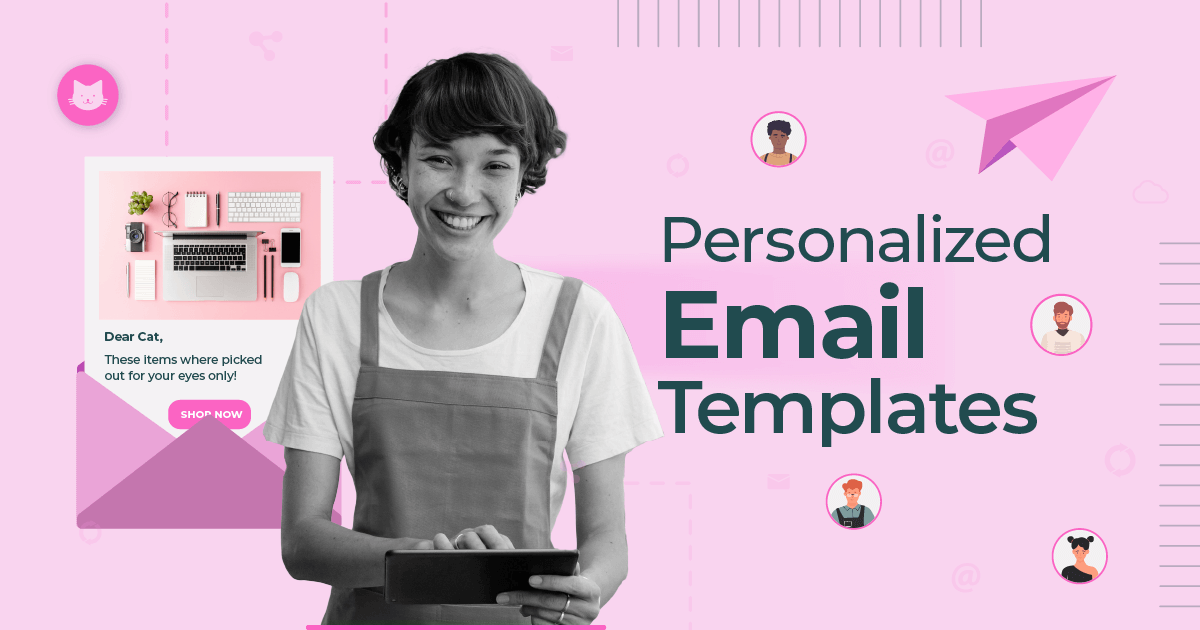
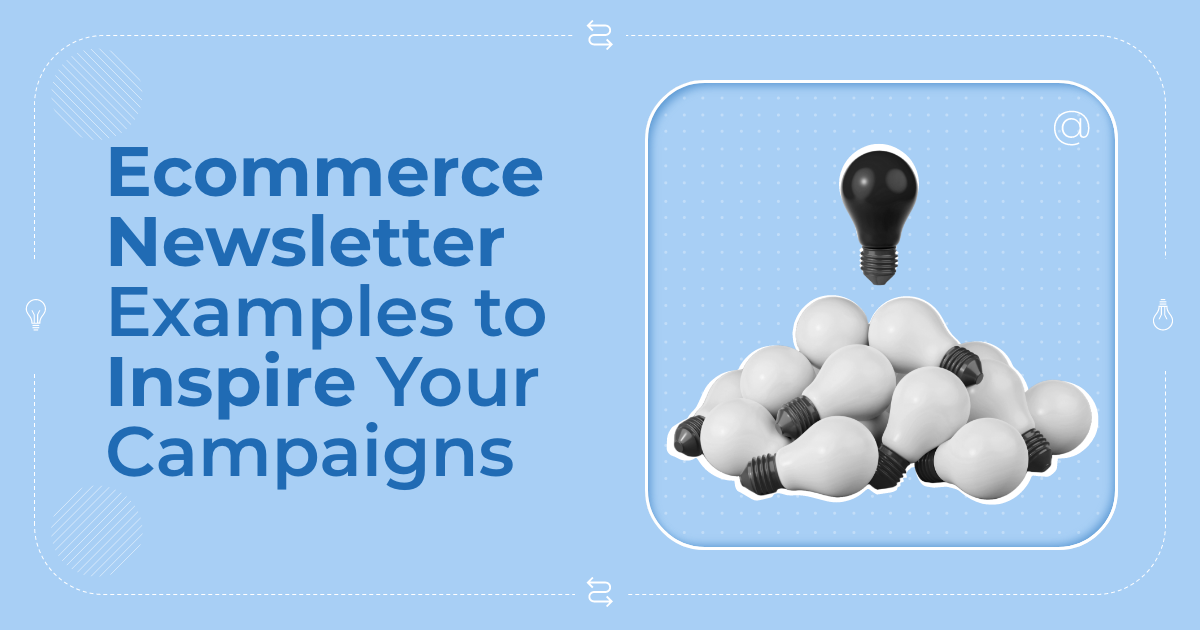
 Published by
Published by
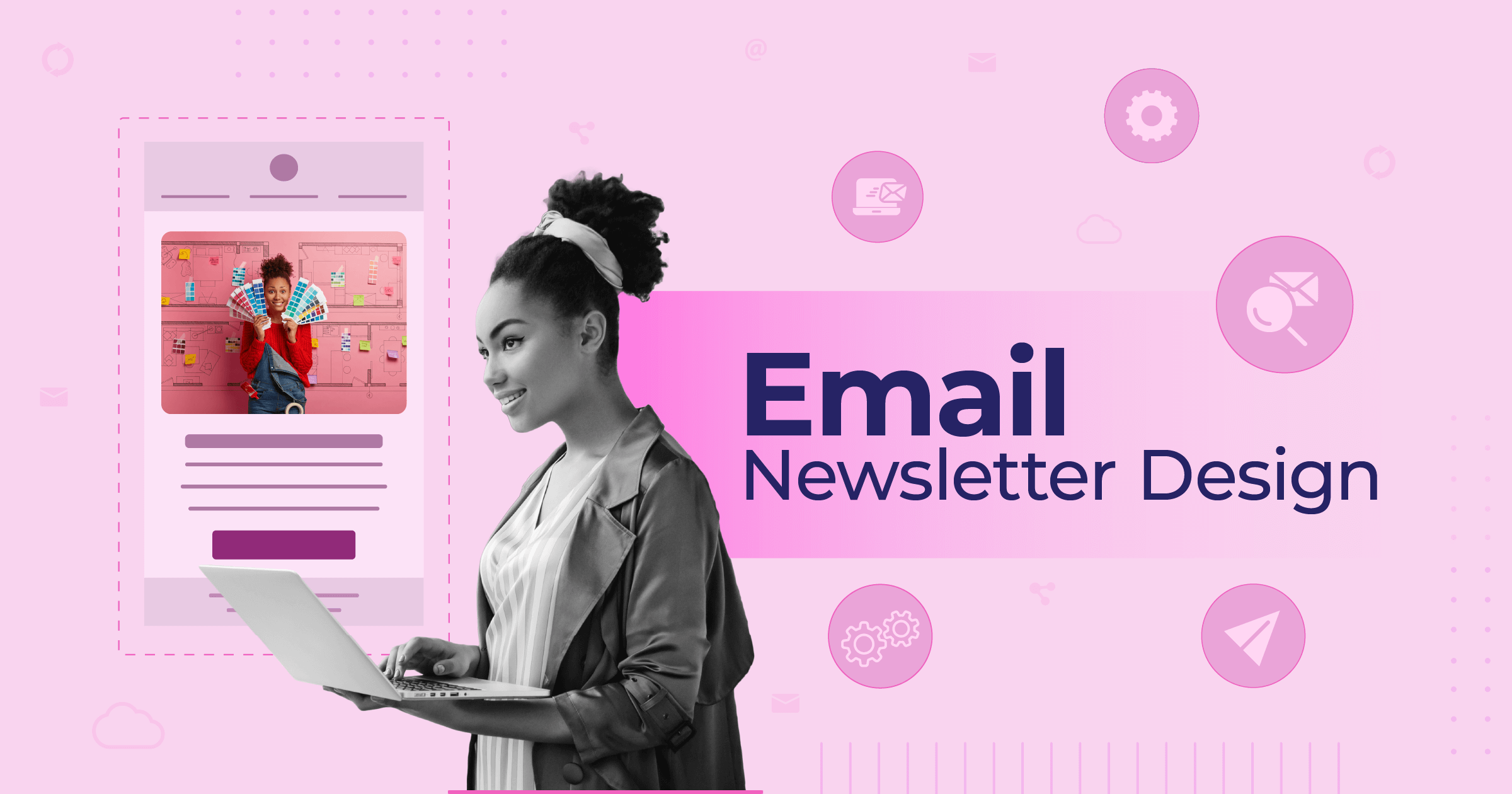
 Published by
Published by